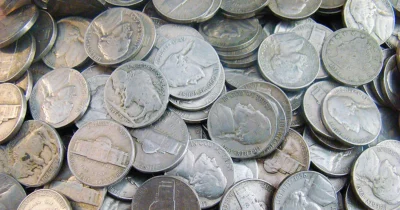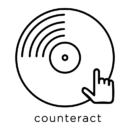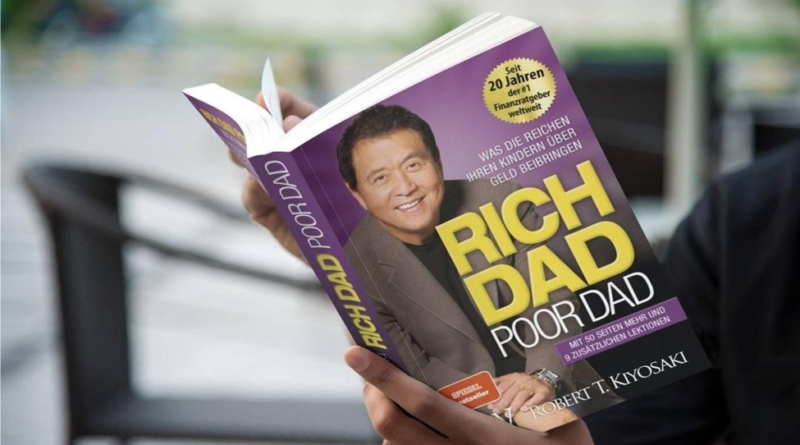Book Review: Rich Dad Poor Dad
Rich Dad Poor Dad is one of the first books I ever read on finance; I picked it up during the COVID lockdown in 2020. After months of scoffing at fast food and playing too many computer games, I finally decided to use my free time to improve myself instead of wallowing in my room as I had done for months. Someone who recently made it big in the cryptocurrency market introduced me to this book. I asked for his advice on what materials I should pick up to get started and learn about finance. That is a fantastic recommendation on his part, as this book forever changed how I think about money.
Robert T. Kiyosaki penned Rich Dad, Poor Dad. It is regarded as a financial education classic that challenges conventional wisdom about money and investing. The book presents a compelling narrative through the lens of the author’s upbringing, contrasting the economic philosophies of his “rich dad” (his friend’s father) and his “poor dad” (his biological father).
At the beginning of the book, Robert and his friend Micheal, at 9, are trying to find a way to make money. Unfortunately, their methods weren’t the most ethical (by most government standards). Still, hearing about Roberts’s entrepreneurial ideas formulating at such a young age is amusing, as this short extract from the book shows.

One day, when I was a little kid, I went up to my poor dad, who was also my real dad and said, “I finally figured out what I want to do for the rest of my life. I want to be rich… How do I become rich, Dad?”
“The rich know how to make money,” he replied. Hmm… “Make money,” I thought. I knew how to make other things. Why not money? That gave me an idea. I raced off to get the help of my classmate, Michael.
I made him my first business partner at age 9.
After school, we ran around our neighbourhood in Hawaii and collected Crest toothpaste tubes.
This was back in the 1950s when Crest toothpaste tubes were made of lead. (Stay with me here.)
Michael and I collected and began melting them down …
Next, we made moulds of U.S. coins out of plaster. Soon, we poured the lead into the moulds, popping out our homemade “quarters”. I was going to be rich!
Not too long after, my dad arrived with one of his schoolteacher friends.
He stared at our operation and demanded to know what we were doing.
I thought it was apparent. “What you told us. We’re making money!”
His friend burst out laughing. But my dad didn’t seem to find it all that funny.
That’s how I learned what “counterfeiting money” meant.
It was confusing to me that the government could make their own money but that it was illegal for us to make our own. It seemed unfair that they could, but we couldn’t.
All these years later, I think back on that story and laugh, but it was a crucial moment in my life. See, I knew the way to legally make as much money as I wanted, even at such a young age, was through…
Entrepreneurship!
What is remarkable about Kiyosaki’s writing is how accessible it is for ordinary people without a financial background. He distils complex financial concepts into straightforward principles. The book emphasises the importance of financial education and highlights how attitudes toward money can shape one’s economic future. It advocates for pursuing financial independence through investments, entrepreneurship, and acquiring assets instead of saving money in the bank and relying on your pension.
One of the book’s strengths lies in its ability to inspire a shift in mindset; as I stated at the beginning, this book changed how I think about money. Kiyosaki challenges readers to question traditional job security beliefs and consider alternative paths to create income. The anecdotal style, blending personal experiences with financial lessons, makes the book engaging and relatable.
Critics argue that some of Kiyosaki’s advice may need to be more concise about the complexities of financial success and that his specific investment strategies may not be universally applicable. Additionally, the autobiographical nature of the book has sparked debate about the accuracy of specific details. Still, overall, the book can be handy to anyone. I’ve since recommended the book to several friends and colleagues, and they have all said it was worth their time and are glad they picked it up.
It encourages readers to think differently about money, take calculated risks, and pursue financial freedom. Whether you are a novice or an experienced investor, this book provides valuable insights that can reshape your perspective on wealth-building and economic well-being. I think this book is worth anyone’s time, and I encourage you all to give it a go!

